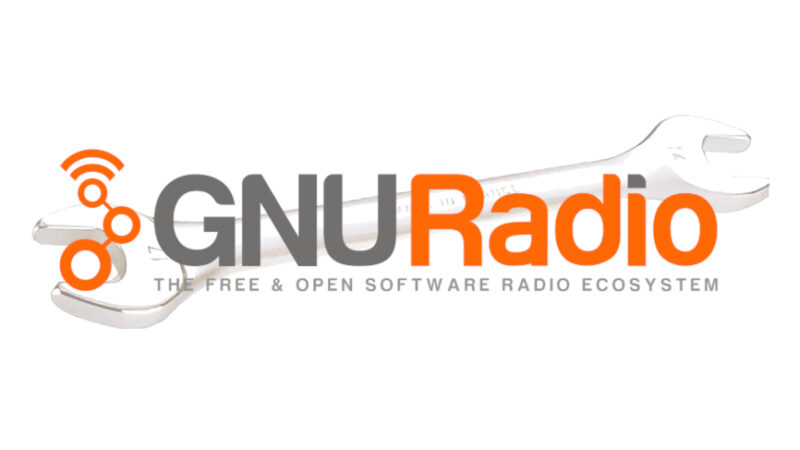Amateur radio is all about … experimenting and learning something new. Somehow, and sometimes one new topic starts another learning journey.
From visiting the “Amateurfunktagung München” beginning of 2025, I learned about VARAC, the chatting function using VARA HF modem functions. I knew that modem already before from using it with Winlink for emergency email sending, but the chat function and its application was all new for me. Watching the modem fight the propagation conditions to get a few bits and bytes transmitted, once again sparked the idea to learn more about the difficulties of transmitting data over HF bands, esp. the tricky propagations on the 10m…80m bands.
It’s a pretty well known fact what propagation modes and limitations exist, what the channel model looks like, so playing with different modulation schemes, data rates and error corrections might be fun. Lacking a communication partner with the right attitude and a matching modem, probably using a websdr or kiwi SDR as counterpart to record own transmissions for offline decoding could be a nice concept and learning experience.
Transmitting a signal I would do with my Icom IC-7300 and its built-in USB soundcard, controlling PTT might be possible using hamlib functionality. Hamlib is available from sources and easy to compile on Linux, playing audio files on the transceiver’s USB soundcard ALSA is well cpable of.
But how to create such a modem without coding everything from scratch?
Well, there is … GNU Radio, isn’t it?

Starting to play with basic functions in GNU Radio once again was a daunting experience. How come clever folks can create such a cumbersome piece of software, so difficult to use and get along with… It took some time, and also understanding that the whole documentation is rather inside the tutorial examples, and that there is no reference documentation (is there? let me know if you found something meaningful…) took some time.
In addition CGRAN (The Comprehensive GNU Radio Archive Network) provides a fantastic wealth of mostly working flow examples and are a quite useful learning resource.
Work is in progress, let’s see where it takes me 🙂